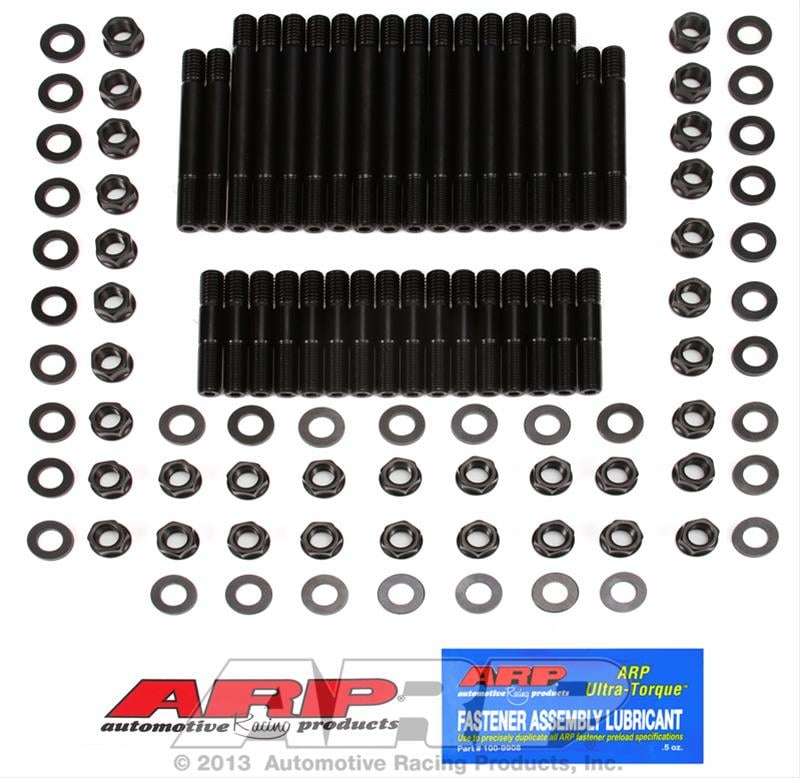72ScampTramp
Scamp Tramp
well I made it to the gasket. I didnt expect it to jump out and say hey its bad here but I really dont see an a problem with the gasket. No burnt spots, or breaks to the bore, no separation of the gasket. I will have this head checked again to make sure....



















